
An Evolving Landscape
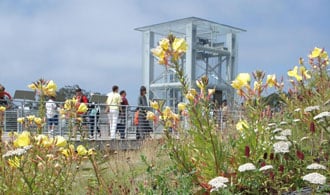
Contributor
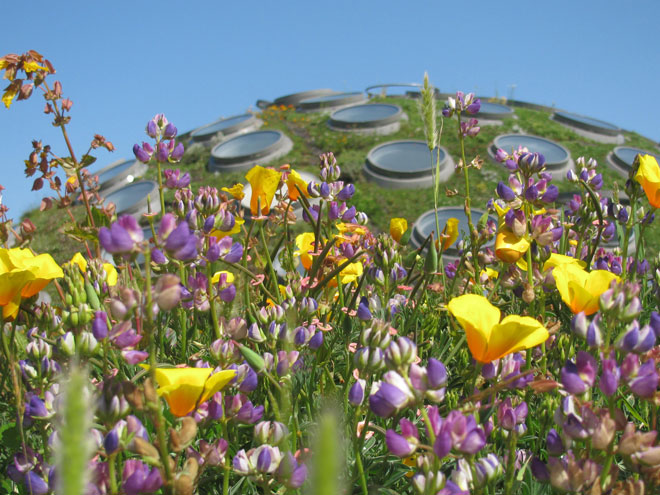
Perched on top of a science museum housing a rainforest, a planetarium, an aquarium, an albino alligator, and some very engaging penguins, is a 2.5-acre living roof planted with local California native plants. When designing the new building in Golden Gate Park, the California Academy of Sciences was dedicated to creating a sustainable facility. The living roof reduces the facility’s heating and cooling loads and decreases both stormwater runoff and the urban heat island effect. The roof ’s iconic domes were designed to house the indoor exhibits while the skylights and piazza introduce natural light into the aquarium reef tanks and rainforest. The steep slopes of the domes draw cool air into the piazza, the museum’s central courtyard. An outdoor public observation deck creates a space for guests to view the roof on a more intimate level.
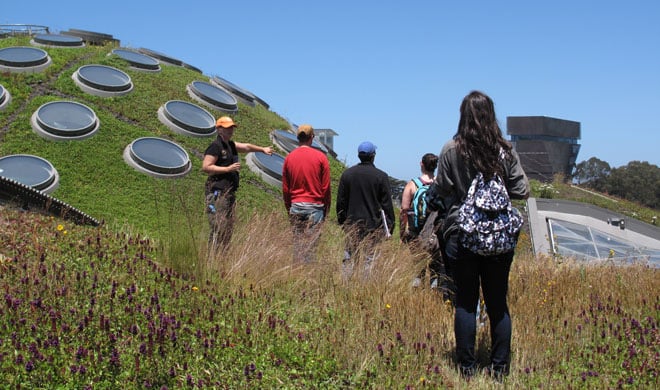
My colleague, Alan Good, and I are responsible for maintaining the Academy’s green roof and surrounding landscape. This is a rewarding time to be caring for a green roof in San Francisco. Living roofs are still a new green building practice in our regionand there is a vast array of knowledge and research to be gained. Rather than treating the roof as a static environment, we view it as an evolving outdoor classroom where we can experiment and broaden our knowledge of living roof systems. Currently, the Academy is collaborating with researchers to study insect diversity and examine carbon, water, and heat fluctuations on the roof. Our successful volunteer program fulfills most of the roof ’s maintenance needs. Volunteers are trained to identify both native and non-native plant species. This dedicated group meets once a week under my supervision to plant, remove non-natives, and monitor plant success. Having both research scientists and local community volunteers participate on the roof allows the Academy to further community involvement and awareness of a living roof in action.

One of the most interesting lessons we have learned is how the varying topography of the roof ’s seven domes creates unique microclimates that, in turn, influence plant establishment and promote diversity. On the tops and steep sides of the domes, the substrate loses moisture more quickly than other locations on the roof. Conversely, the valleys between the domes create pockets of continually moist substrate. These areas are blocked from the wind, shaded by the domes, and accumulate moisture from coastal San Francisco fog. Even the smallest topographical change creates unique microclimates. The three-foot parapet created by an elevated observation deck provides enough shade and protection from the wind to allow us to plant sensitive species that cannot withstand conditions on the rest of the roof.
Our living roof has evolved into a richer, more diverse, and stable ecosystem. Initially, plantings were composed of four perennial and five annual species uniformly installed on the entire roof. Over time and in response to the microclimates, the plant palette has expanded to more than 70 native plant species.
Plants on the roof grow in six inches of substrate and, in addition to topography, their success is influenced by salt spray, summer fog, and frequent high winds. On the most arid regions of the domes, Powdery Liveforever (Dudleya farinosa) and Sea Lettuce (D. caespitosa) have flourished. ‘Pigeon Point’ Coyote Brush (Baccharis pilularis ‘Pigeon Point’), Redflower Buckwheat (Eriogonum grande var. rubescens), and Coast Buckwheat (E. latifolium) also perform well on the steep slopes. On the flat areas, which have a higher water-holding capacity than the domes, Yarrow (Achillea millefolium), Coast Strawberry (Fragaria chiloensis), Manycolored Lupine (Lupinus versicolor), Seaside Daisy (Erigeron glaucus), California Fescue (Festuca californica), and Yellow Evening Primrose (Oenothera elata) have proliferated. In the valleys between the domes, we have experimented with species that tolerate more soil moisture and shade including Yellow-eyed Grass (Sisyrinchium californicum) and Seep Monkeyflower (Mimulus guttatus), which thrive in these areas.
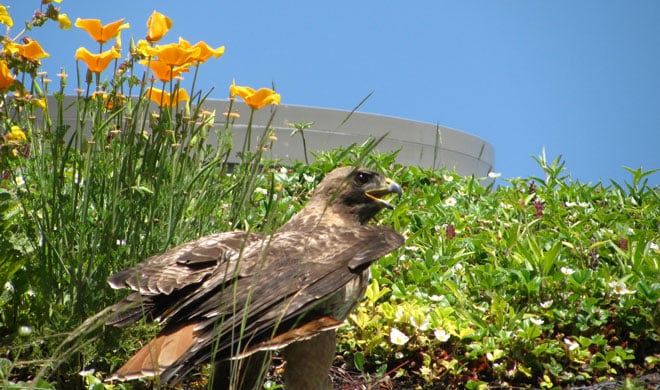
It is critical to clearly define objectives for a living roof at the onset of the design process. One of the Academy’s initial goals was to provide habitat for wildlife. Therefore, plant species are considered for their qualities as a nectar, pollen, or seed source, or as forage material. We aim to establish a plant palette with seasonal variation in flower color and bloom time to increase pollinator diversity. And as plant diversity has grown and plants of various heights become established, our bird and insect biodiversity has increased as well.
We also have an active approach to constructing habitat for wildlife on the roof. Inspired by the Urban Hedgerow project, last year we constructed an insect hotel for native cavity-nesting bees with the help of a Swiss student intern from Zurich University. More recently, we added different sizes of rocks and branches to the plantings to create additional habitat pockets. Unlike the surrounding park that is heavily frequented by humans and animals, the roof provides a safe, undisturbed space for local birds. Over the past two years, Red-tailed Hawks (Buteo jamaicensis) have become recurring visitors to the roof; their fledglings use the roof as a landing platform as they practice their first flights.
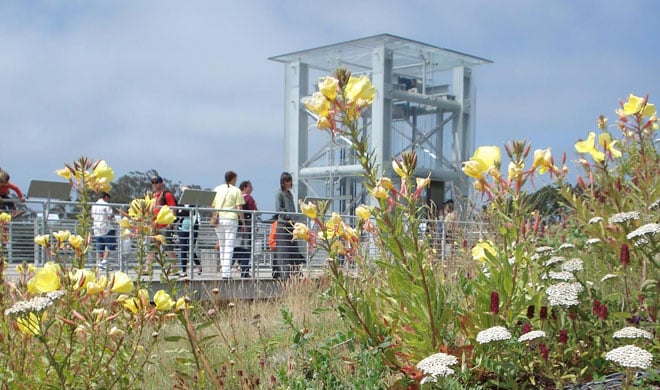
[sidebar]California Academy of Sciences
55 Music Concourse Drive
Golden Gate Park
San Francisco, CA 94118
415-379-8000[/sidebar]
The California Academy of Sciences roof serves as an educational facility to expand our guests’ knowledge of green roofs and native plants. Visitors are genuinely interested in and curious about the roof. Seeing a roof covered with plants sparks questions and interest from urban dwellers, particularly about how to construct a living roof to grow vegetables. While many guests are native plant enthusiasts, we also have guests who prefer showier, more manicured-looking ornamentals to the wild-looking natives. Visitors’ questions are an opportunity for dialogue about the benefits of a living roof and the importance of California native plants in an urban environment. We want guests to recognize the plants growing on the roof as the same species they see when they walk along their favorite San Francisco trails, and that they will leave the Academy with a greater appreciation of local plants. In keeping with the Academy’s overall mission to explore, explain, and sustain life, we hope that the roof will continue to encourage dialogue, further research, and broaden our understanding of how a green roof benefits both the people and wildlife around it.
Share:
Social Media
Garden Futurist Podcast
Most Popular
Videos
Topics
Related Posts

Low Maintenance Gardens – Better for Pollinators and People
Autumn 2022 “I come out every day. It’s therapy, my meditation.” Janet’s young garden transformed from overgrown, invasive plants to mostly natives. The dailiness of

Invasive Plants Are Still Being Sold: Preventing Noxious Weeds in Your Landscape
Autumn 2022 With so many beautiful ornamental plant species and cultivars throughout California and the Pacific Northwest, how do you decide which ones to include

Garden Design in Steppe with Transforming Landscapes with Garden Futurist Emmanuel Didier
Summer 2022 Listen to full Garden Futurist: Episode XVII podcast here. Emmanuel Didier, Principal and Creative Director at Didier Design Studio is a leading figure
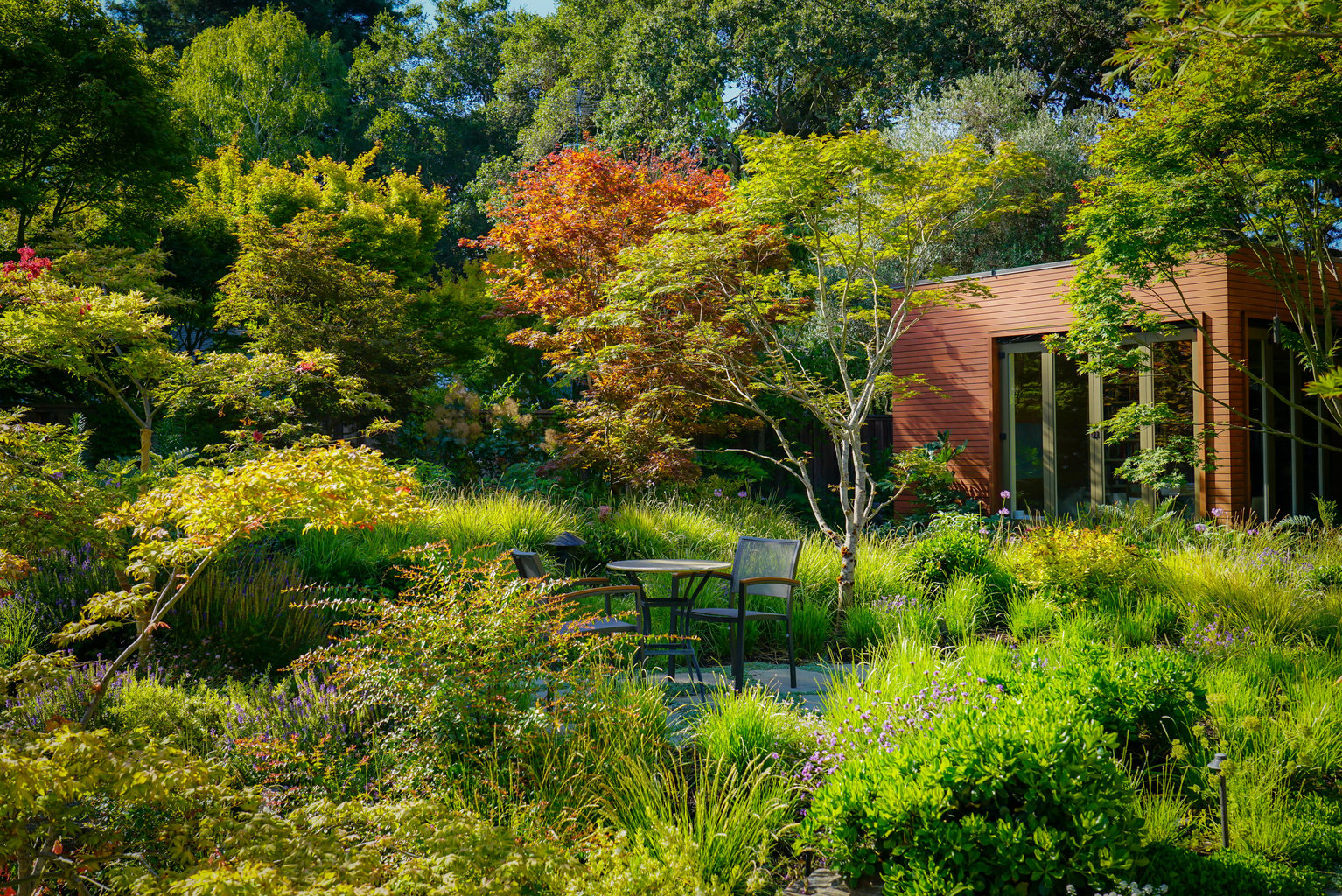
Seslerias: Versatile Groundcover Meadow Grasses
Summer 2022 Without question, the most beautiful and versatile of all the groundcover meadow grasses are the moor grasses (Sesleria). Moor grasses tick off all

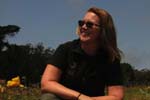









Responses